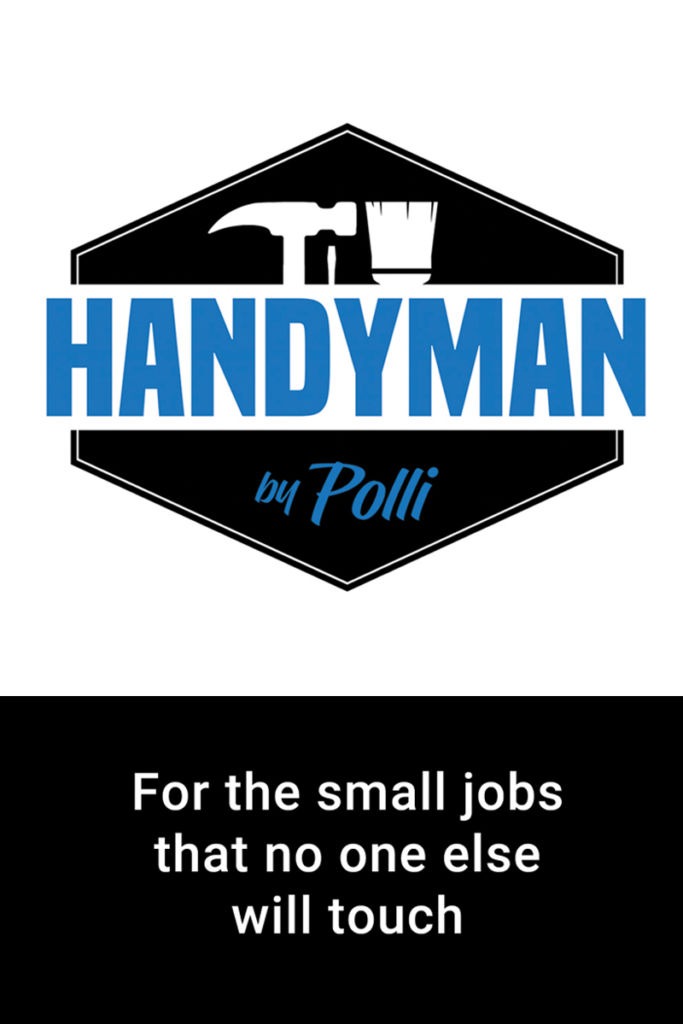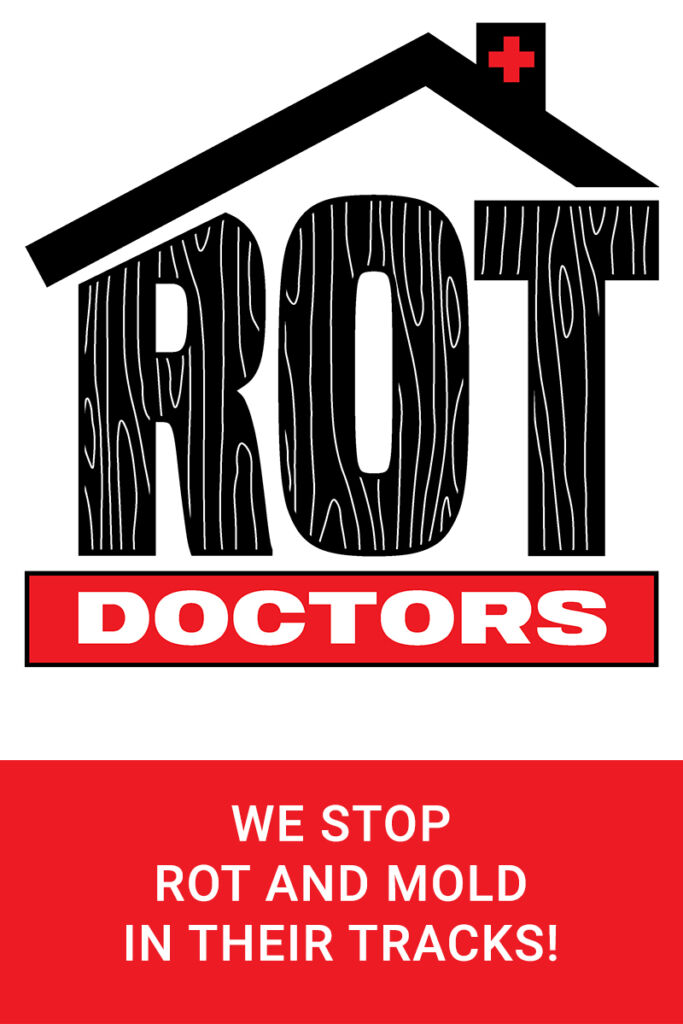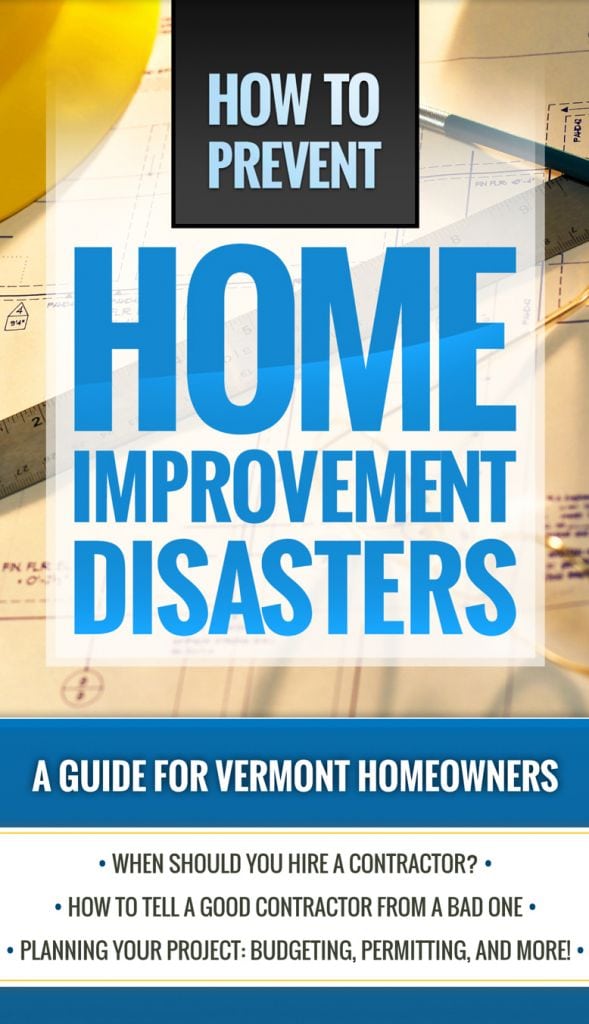
We all have heard the saying, “If you don’t like the weather in New England, wait a few minutes.” From bone-chilling wind to sweltering heat and humidity, we get it all in Vermont. So if your house lacks good insulation, or has leaky windows and doors, the temperature extremes can put a big dent in your energy bill and leave a significant environmental footprint. Most people don’t realize how inefficient their homes are, especially those built before 1990.
If you are ready to improve your home’s efficiency, the first step is to complete an energy audit. Here in Vermont, we are fortunate to have the first energy efficiency utility founded in the nation: Efficiency Vermont. They provide Vermonters with technical services and financial support to improve their homes, businesses, and communities, with the sole purpose of making energy consumption as efficient as possible. One call will inform you about saving opportunities and put you in contact with independent auditors that can help you understand your home’s energy use, locate trouble spots, and determine the best course of action.
Insulation and air sealing work hand in hand to save energy and money. Air sealing is always the first step: Reducing the amount of air that leaks in and out of your home is a cost-effective way to cut heating and cooling costs, improve durability, increase comfort, and create a healthier indoor environment. Weatherstripping and caulking are two simple but effective techniques that offer quick returns on the investment. Caulk is generally used for cracks and openings in walls and floors, and weatherstripping is used to seal components that move, such as doors and operable windows.
Any surface in your home or building that divides the interior from the exterior should be insulated. While no two homes or commercial buildings are the same, more insulation is typically better. There are three main types of insulation:
Fiberglass: the most used form of insulation, fiberglass, is popular because it is relatively inexpensive and easy to install.
Spray Foam: one of the best insulating materials because when applied, it also fills gaps and seals cracks. It comes in various density levels that suit different applications, but it tends to be pricey.
Cellulose: This insulation is composed of a plant-based pulp mixed with a fire retardant. Cellulose is installed by blowing the material into spaces, making it an excellent option for attics and wall cavities that need filling. It’s an affordable option with a similar R-value to fiberglass.
A comprehensive approach to energy efficiency yields greater savings, comfort, and safety for residents and businesses. It also helps you understand how one change will affect other systems. Tighter air sealing, for example, requires more effective ventilation to avoid mold. Taking a whole-building approach to weatherization lowers your energy bills and boosts comfort in a safe and healthy way.





